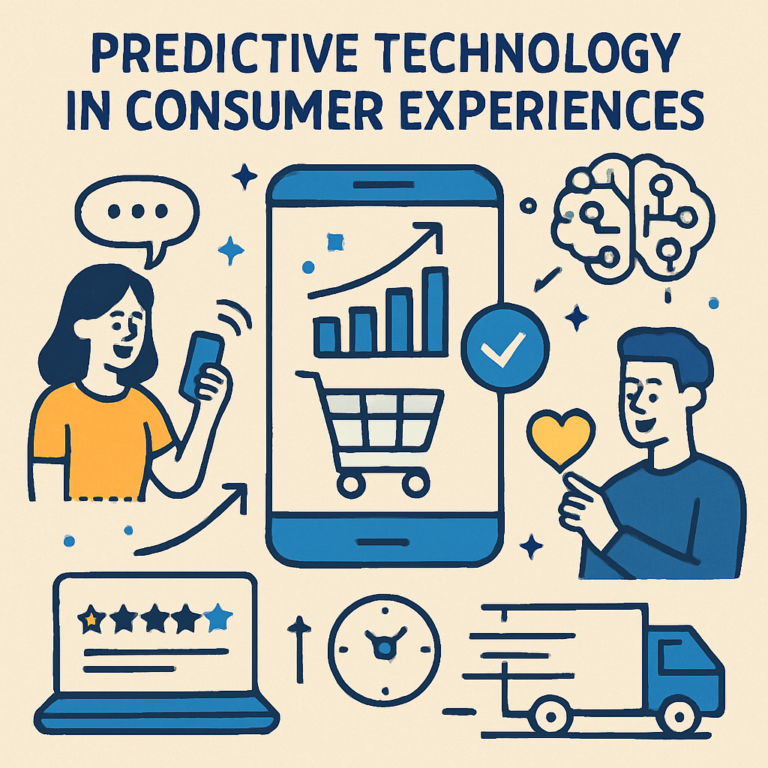How Predictive Tech Is Personalizing Consumer Experiences
Introduction Predictive technology is reshaping how consumers interact with brands. It uses data to anticipate needs and desires. This leads to more personalized experiences. Imagine receiving product recommendations that feel tailor-made. That’s predictive technology at work. It enhances user satisfaction by making interactions more relevant. Businesses are leveraging predictive analytics to stay ahead. They analyze consumer behavior to offer timely and personalized content. This boosts customer loyalty and engagement. Predictive technology is not just a trend. It’s becoming essential for businesses aiming to improve user experience. By understanding consumer preferences, companies can deliver what customers want before they even ask. Machine learning and AI are key players in this transformation. They process vast amounts of data to predict trends and behaviors. This allows businesses to adapt quickly to changing consumer demands. The impact of predictive technology spans various industries. From retail to healthcare, it is revolutionizing how services are delivered. Companies are now able to optimize operations and enhance customer journeys. As predictive technology continues to evolve, its potential grows. Businesses must embrace this change to remain competitive. The future of consumer experiences is here, and it’s predictive. What Is Predictive Technology in Consumer Experiences? Predictive technology harnesses data to foresee consumer actions and preferences. It’s a blend of data analysis, machine learning, and AI. This technology is revolutionizing consumer-brand interactions. Businesses use predictive analytics to predict future consumer trends. They analyze past behaviors to tailor experiences and recommendations. This enhances the overall consumer satisfaction and loyalty. Key components of predictive technology include: Data collection and analysis Machine learning algorithms Real-time data processing Personalized recommendation engines Companies like Netflix and Amazon excel at using predictive technology. Netflix recommends shows based on viewing habits. Amazon suggests products by analyzing purchase histories. This personalization translates to a better user experience. Predictive technology requires robust data infrastructure. It’s important to use high-quality data for accurate predictions. Businesses are investing heavily in this technology to gain a competitive edge. Its application spans across various sectors like retail, finance, and healthcare. The growing reliance on predictive technology signals a shift. Consumers now expect personalized experiences. As technology advances, these expectations will only increase. Companies must adapt to meet these evolving demands. The Role of Predictive Analytics in Personalization …
